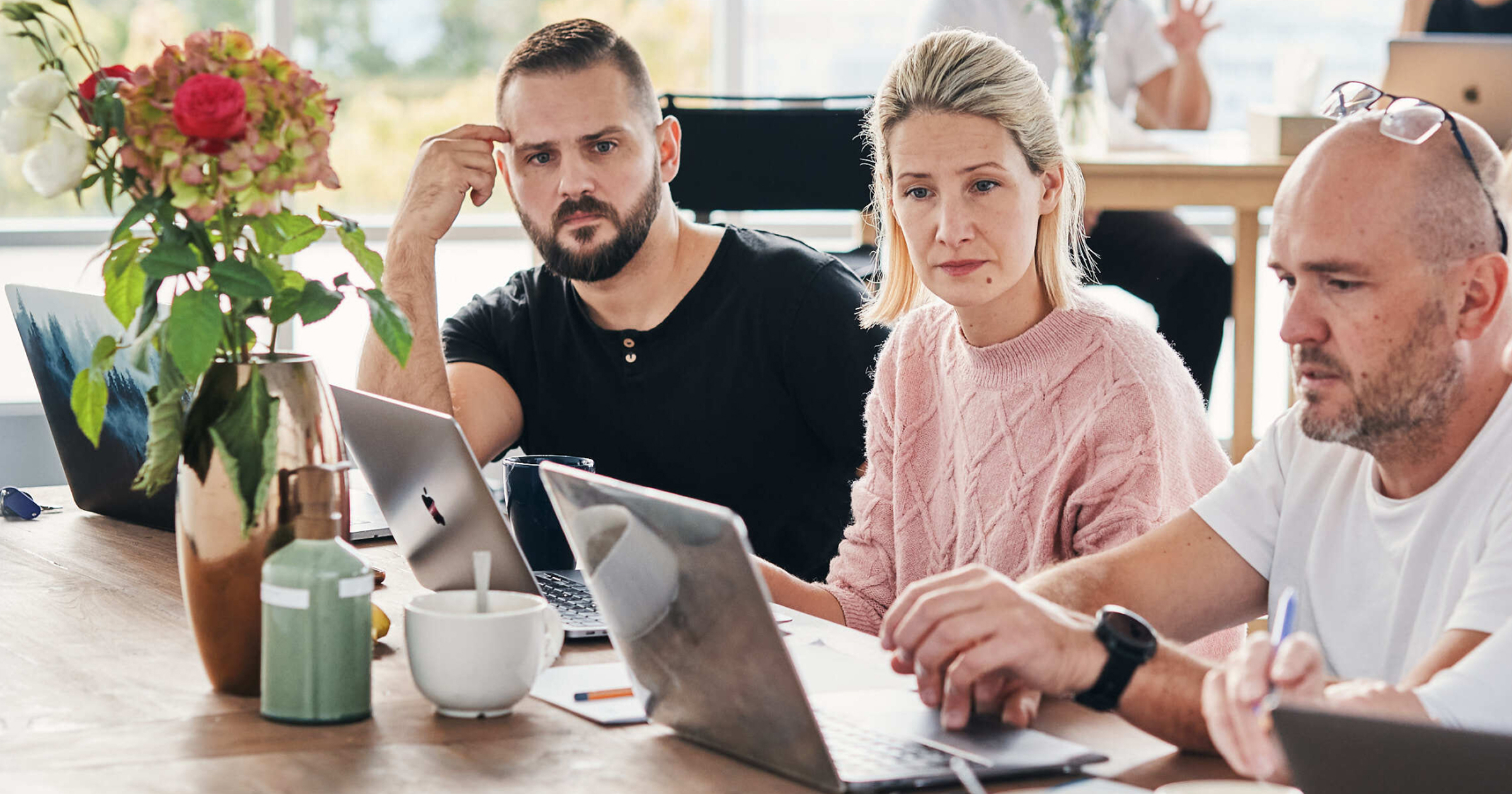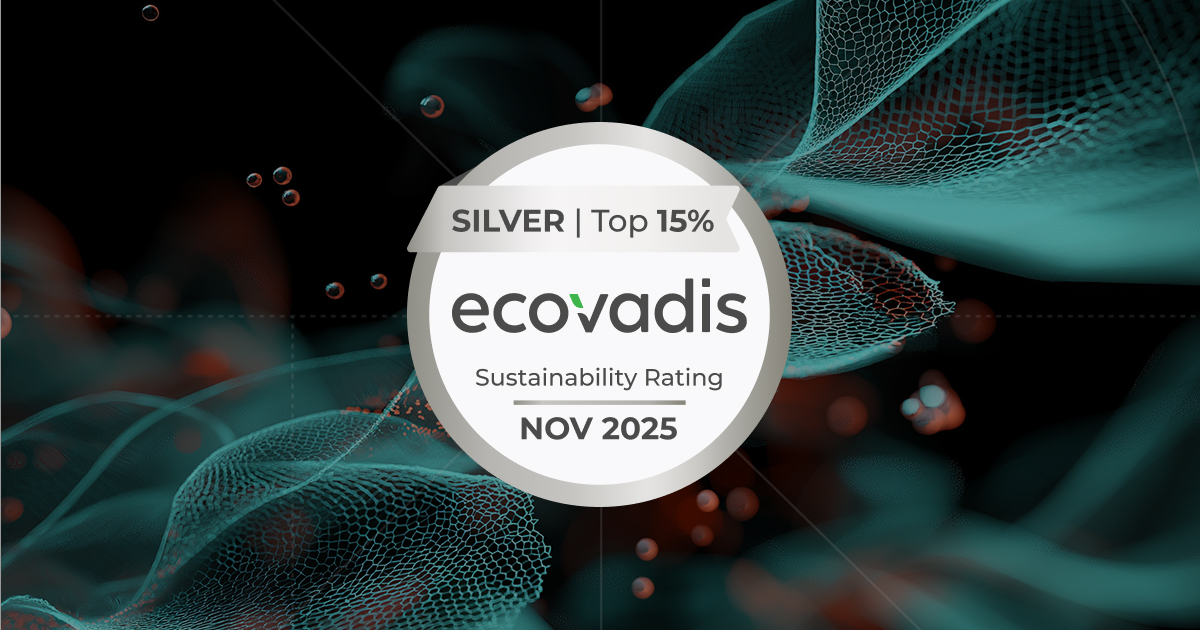Ron van Oijen: If you really want to innovate, you need to hire fresh minds
Ron van Oijen studied actuarial science at the University of Amsterdam and worked in the insurance and finance industries across the US, Europe, and Asia. He is the former CEO of one of the largest Dutch insurance companies, VIVAT. As a long-time believer in innovations, he always pursued change even in big corporations. That meant close cooperation with startups, resetting the mindset of thousands of employees, and assigning real responsibility from the top down. Ron is now an advisor to Creative Dock.


How can innovations change insurance and financial institutions? Do clients actually want any change?
It is not only about insurance as a product. It’s also about the whole process around it, which can be much more efficient and customer friendly, to put it mildly. Yet, the product should be changed too in order to suit the needs of the customer. Look at ING. It was the first bank that closed a lot of its offices and moved its services online. And they “sold” this change to customers well. Yet, there were two conditions that allowed them to do that. Firstly, even people in the smallest towns had to be at ease with online banking. And secondly, you need to have a very good online bank platform. And both — a change of mind and building appropriate tools — take a long time to do. We’re talking about approximately 10 years.
Can insurance companies simply follow the same path?
Not really. Insurance companies still work through brokers, not agents anymore. But the brokers have physical contact with the client. I think that nowadays 30 % or maybe 40 % of insurance products are sold online and the rest is still through a broker. Where banks have really moved to 90% online.
So where are the core opportunities for innovations in the insurance industry?
Let me give you an example. Once we had a seminar at the Dutch Society of Actuaries, in which we also discussed the pension market. In the Netherlands, a pension provider sends you a letter with the pension overview every year. So, I took people from the seminar outside and we approached several strangers asking them about this letter. It turned out that 6 out of 8 people tend to look at the letter and throw it away because they don’t understand it.
You basically made market field research right away…
Indeed! Actuaries are very traditional people, and yet we were conducting market research on the street. They all thought that the pension overview letter is very clear to everyone. But we learned that the mismatch couldn’t be bigger — actuaries sending a letter that they understand to the customers who don’t understand it at all. It was clear we needed to start from scratch. For actuaries, it was quite a lesson — to forget their thinking and start looking at the thing through the eyes of the customer. This is the first step to innovation, checking with users to see if they feel the same way you do. In something as traditional as the insurance industry, there are many inconsistencies and opportunities for innovation.
But aren’t actuaries afraid that all this innovation and digitalization will render them expendable in the end?
Of course, people usually think that the more you include automated computer processes, the more they will take over the work of actuaries. But actuaries have one advantage: they have a very good education, they are smart and they understand data. They are good at determining risks. I kept telling them to become better at data, and become experts in artificial intelligence. If you combine focus on the data with a more customer-centric approach, you can actually start changing the whole institution. It’s easier to embrace innovation if you build on data.

How to successfully innovate insurance
Do you have an example of an insurance company, that does all this right?
I really like Lemonade. In case of a car accident, a traditional insurance company will investigate and it can take weeks, perhaps even months. At Lemonade, they will get your claim done within 24 hours. They completely changed the whole process.
How?
If you’re in a car accident and it’s clear it wasn’t your fault, just take pictures and send them to Lemonade. The artificial intelligence will evaluate everything and voila: the money soon lands in your account.
I actually remember that the Big Data team at Creative Dock used to train software to recognize cars and their damage in traffic accidents.
Yes, exactly. I worked on that with CD. Normally, you need an expert for big damages, let’s say over 10k Euro. But most damages are up to 1000, 2000 Euro. So instead of having an expensive claim process, instead of sending someone to evaluate the damage, we can do all this with artificial intelligence. Sure, some people in the insurance companies might be afraid of it, and therefore our task is also to persuade them that embracing innovation doesn’t mean they will lose their jobs. And generally speaking, people are also afraid of frauds. Yet, I am convinced that the number of frauds will also decrease with artificial intelligence.
How come that Lemonade overcame these concerns?
They probably came up at the right time. They’re an American company and they found a lot of investors. They’re not making a profit yet, but they have what people want these days: a quick process that allows you to do everything from the comfort of your home without the need to go anywhere.

Startups, dark stores, and fresh minds
So far, Lemonade looks to be firmly on a path to success. But why do so many startups fail?
Very often the idea is great. But you also need to have a bit of luck and a good timing. Recently, here in the Netherlands, we had super-fast delivery services Flink and Getir. You’re at home and you find out that you’re out of sugar. The idea was to connect people with bikes with people who need this super-fast delivery service. They made huge advertisements, got lots of capital and built distribution centres, where the people with bikes were waiting for the orders. This way, in big cities like Amsterdam, you could get the delivery in 10 minutes, just with an extra margin.
What’s the hack, then?
In order to deliver something in minutes, they needed to build their distribution centres as close to residential areas as possible. These centres are referred to as “dark stores” because they usually occupy locations, which would otherwise host regular stores. Yet, they often cover their windows. And even though they should actually make your life easier, people are also more and more sensitive to negative externalities: increased traffic and noise around these centres, poorly parked bikes, etc. It got to the point where cities started taking measures against them. And the fact that rapid delivery services had so many “negative side effects” caused them to fail commercially. Even though the original idea wasn’t a bad one.
You’ve worked with quite a few startups during your career. What can startups teach established companies and vice versa?
Established companies have learned from startups to always think from the customer’s perspective. Startups have learned from established companies that, especially in the financial industry, there are regulators that you have to comply with.
You have also experience with building startups within established companies. How did that go?
When I started to push through with innovation, I was looking for smart people in our company. And I found many, they were great experts in their field, but in a way all old-school. So, the progress with them was not as big as it could have been. Then I built a team of different people and put them aside in a very modern office business building outside our headquarters together with designers and marketers hoping to change the atmosphere. Also, the management went through innovation training. It helped them to understand the concept, and some of them quickly gained an innovation mindset but the progress wasn’t very big anyway.
Is that the reason you turned to venture building in the end?
Yes, it became clear that when you really want to innovate and make something different you need to hire fresh minds outside of your company. Even though I experienced a lot of rejection from the people inside the company, it turned out that cooperation with venture builders like Creative Dock is the way to make really interesting things.



.webp)










%20(1).jpg)































































